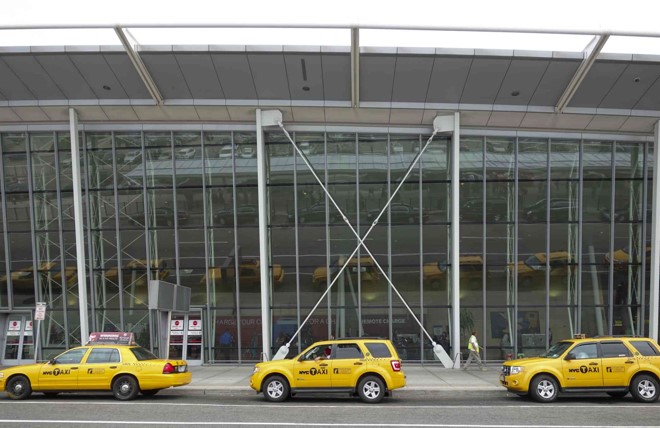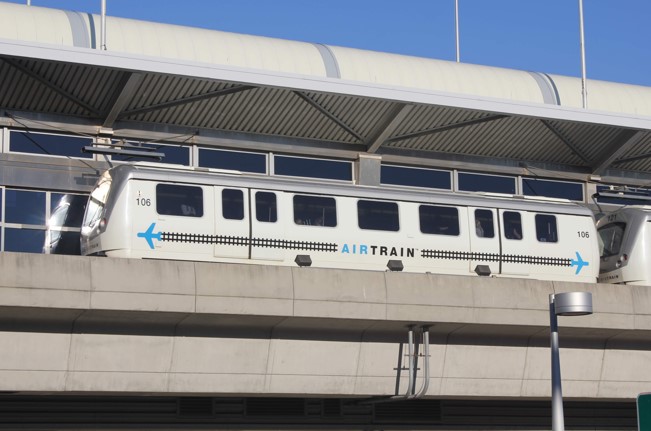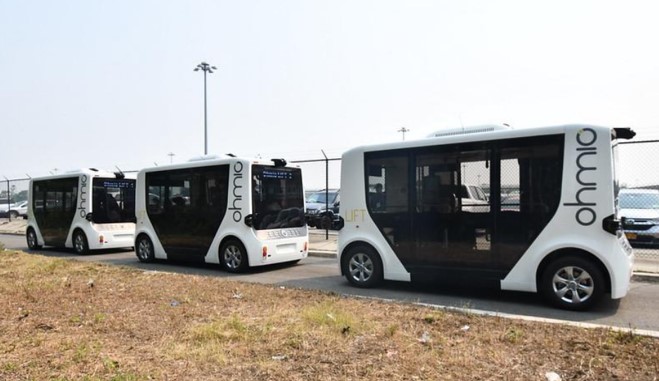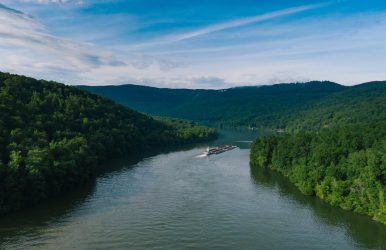Gentlemen On The Go: Travel Essentials For The Modern Man
BY Rishab Dey Jan 3, 2024
You can't skimp on selecting the proper assortment of travel accessories for men, regardless of your level of packing expertise. It makes sense that you would want to be ready for anything that might come up. However, you should first make decisions about what should remain and what should go based on your travel destination, length of stay, and itinerary flow. Of course, there are also individual factors to consider. For example, some men might choose to travel with a garment bag, while other men are happy to stuff their clothing and toiletries into compression packing cubes. Even though it could seem like a fruitless endeavor to gather the appropriate travel accessories, we are here to help. We've sifted through our travel tests to identify the essentials that are helpful for every guy, such as luggage trackers that assist you in finding your belongings after landing in a foreign nation and travel adapters that keep your electronics charged. To find the best travel accessories that will support you on many future adventures, we are making a list of travel essentials for men. Travel Essentials For Men If you are planning a trip and feel stumped, we have mentioned some of the most important travel essentials for men. You simply cannot miss them at any cost. This list (in no particular order) will prepare you prepared about what to pack for your trip. Headphones Even when you leave the house, you can't skip this one. If you don't encounter a bothersome whiner, what good are planes and travel? If you want to pass the time during the flight by watching TV, listening to music on your own device, or doing anything else. It's always better to have comfortable headphones of your own than the terrible headphones that airlines provide. Mens travel is incomplete without the headphones. Shave Soap Shaving cream contributes to the total amount of liquids you are permitted to bring on travel. You'll find that each time you go on a trip, you have to purchase a new can of shaving cream, which you then have to throw out when you return. Alternatively, get a bar of travel-sized shaving soap and simply lather it up! Battery Power Phones are necessary, just like water. They need to be charged all the time. Your battery may drain faster while traveling because you'll be using other apps like social media and GPS, shooting more photos and videos, listening to music, and maybe watching more videos than usual. If you are worried about the life span of the battery on your phone, get a portable charger. Valuables It is crucial to carry valuables with you when traveling, as they will undoubtedly save you from many awkward situations. Avoid putting anything valuable in your luggage. Think about your passport, wallet, camera, and phone. You should always be in the center of things. Bring a tiny purse if you would rather not keep your valuables in your pockets. Sneakers The most visually appealing component of your ensemble is your shoes, which are also a necessity for exploring new locations. It is an accessory that you must have. Every time you visit a new place, your itinerary will determine the best shoes to wear while traveling. But choosing the right shoes is just as important as choosing the right clothes. You can choose from a variety of options, such as loafers, sneakers, travel shoes, sports shoes, etc., depending on the type. Hand sanitizer Towels are not as suitable or environmentally friendly as hand towels. Instead, use paper towels or tissues. It can be useful to wipe away perspiration or to pat dry your face after washing. A hand towel is among the most important items you should always carry in your bag. Comb Traveling can be exhausting if you are stuck on an airplane for an extended period of time and don't feel refreshed. Additionally, if you want to feel clean and kept, you should brush your hair. It is also a good idea to have it in case something goes wrong with your luggage. Wardrobe Let's now discuss the most crucial aspect of traveling—the one you have been waiting for. How can you forget about clothes and fashion? Let's be clear. A great trip is meaningless if you can't post any eye-catching photos to brag about on Instagram. Thus, in order to rock your next trip, these are the travel essentials for men as far as clothes are concerned. Solid Color Upper Wear When it comes to style simplicity, this is the best choice. Solid men's hoodies and other plain clothing speak to versatility. Chunky clothing isn't appropriate for every occasion. However, a basic black t-shirt can be your go-to choice for a beach walk or a party. Adding a few simple accessories and experimenting will give you a look that works for most occasions. You simply cannot bring your entire wardrobe with you when traveling, so make sure the pieces you choose are versatile. That's what you need most when traveling. Cozy Jeans You just cannot picture a travel bag without jeans, no matter how much you love or hate them. It is a single item that complements the atmosphere of every event. It can be difficult to choose, so go for the pair that best suits your body type, is fashionable, and works for a variety of settings. A deep blue—almost black—might be the best choice for you. Button Downs Either in the city or the country, simple button-down shirts look great with shorts or long pants, dress shoes, or sneakers. Cotton shirts are the way to go for any situation; a button-down shirt is more adaptable than a basic t-shirt. These items are, therefore, unquestionably essentials for any traveler; a trip wouldn't be possible without them. Styling Instruments You simply cannot afford to miss anything when it comes to styling, smelling your best, or looking your best when you travel because it is an experience that you will cherish for the rest of your life. These are a few travel essentials for men to ensure a picture-perfect and laid-back experience. Wrapping Up When traveling, comfort is something you should never compromise. You need to consider what extras will contribute to a more pleasurable and seamless travel experience. Does your dopp kit have smooth, user-friendly zips, or do they clog easily? Will that pillow keep your head from dropping or keep you from slouching while flying? Ultimately, you should gather travel accessories that facilitate rather than complicate your trip. If you have thoughts to share or questions to ask about travel essentials for men, please leave a comment below. We would love to hear from you! Read Also: A Detailed Guide On Malaysia Bay – From Traveling To Outing Top 7 Places To Visit For An Asian Solo Traveler Planning A Vacation To Bali? Read This Blog!















